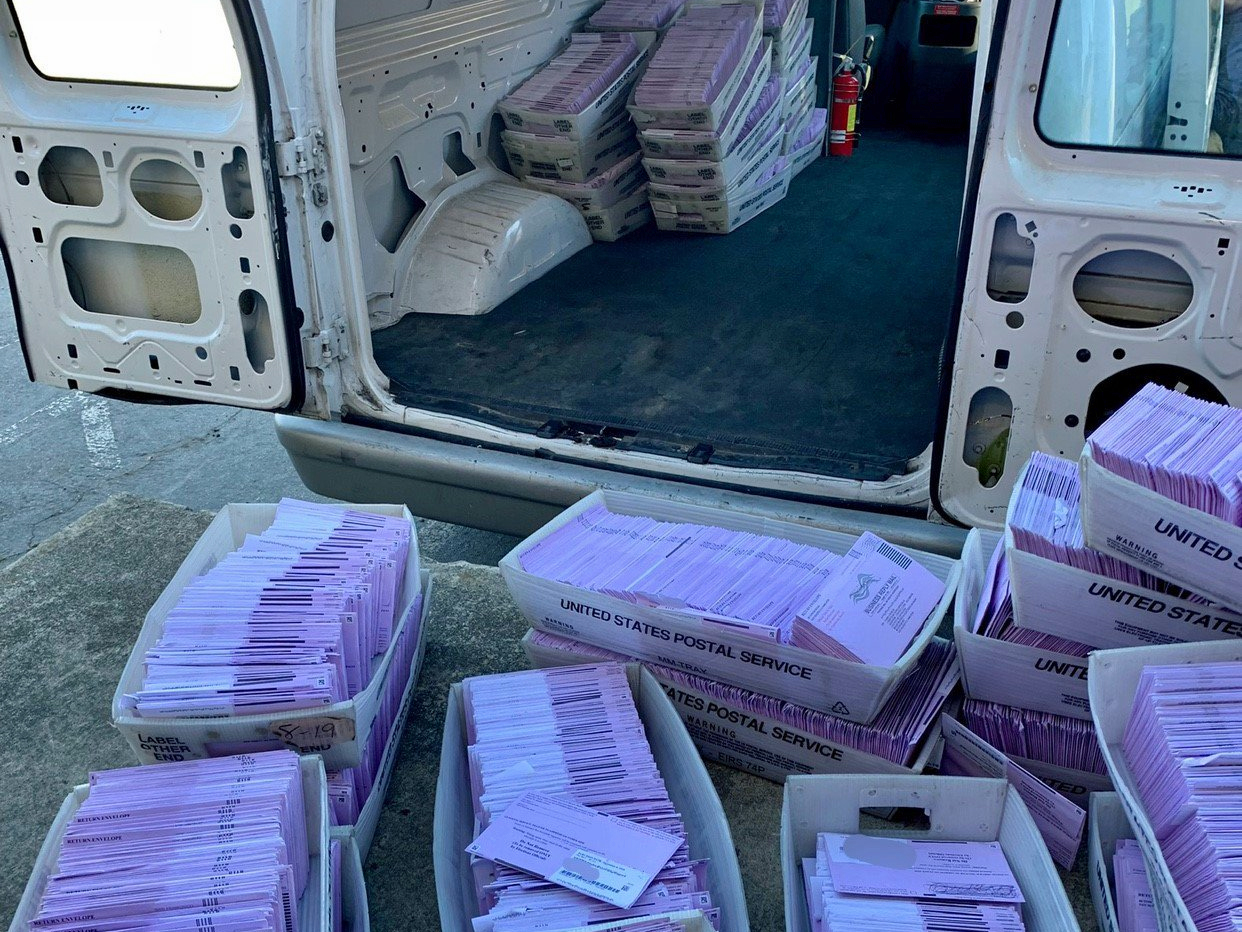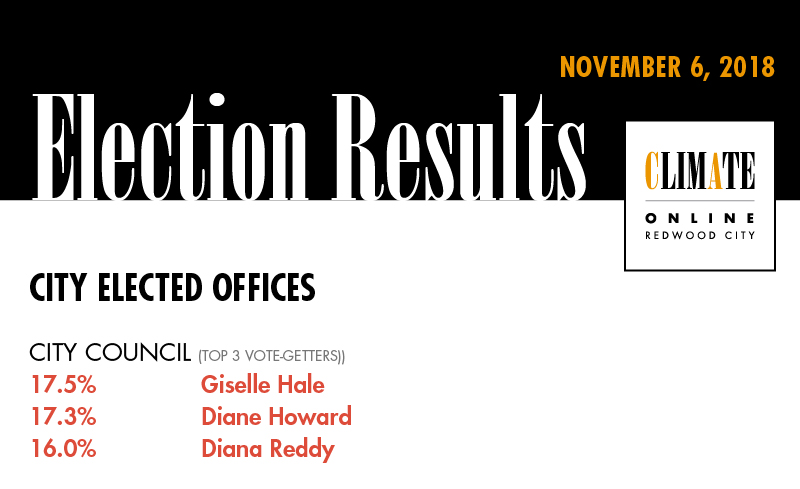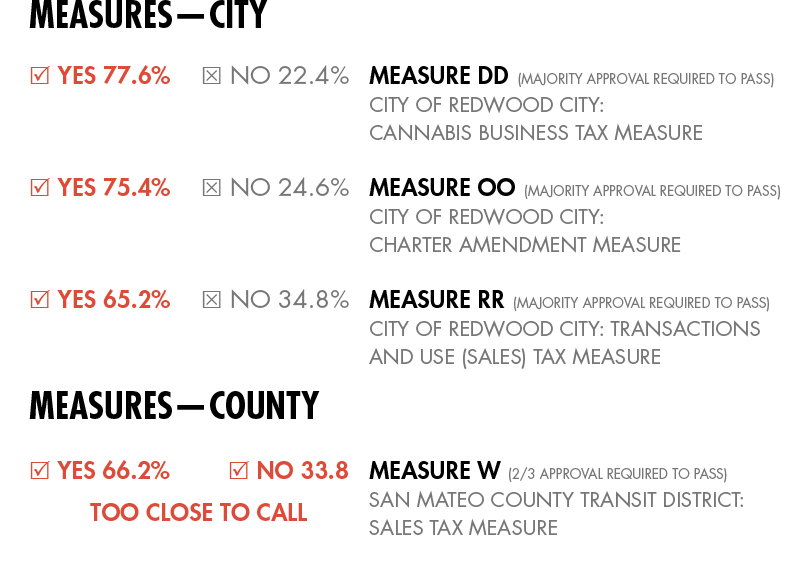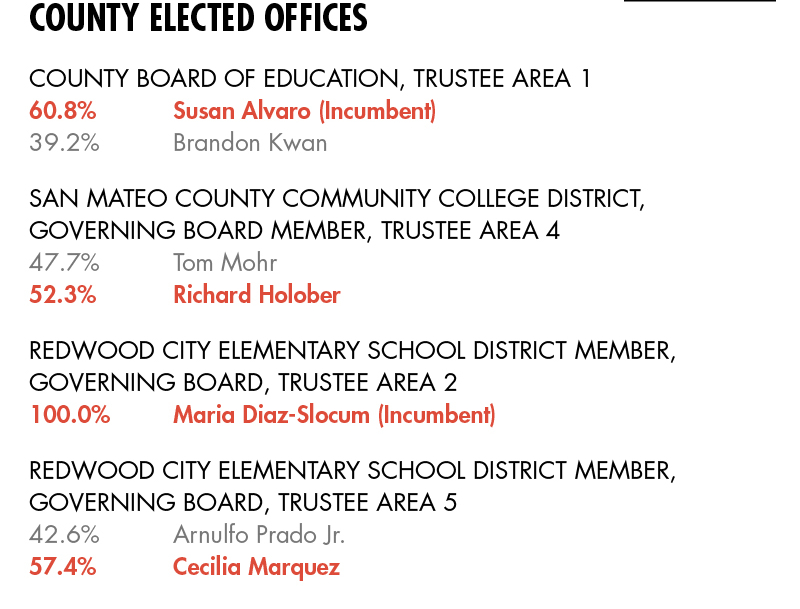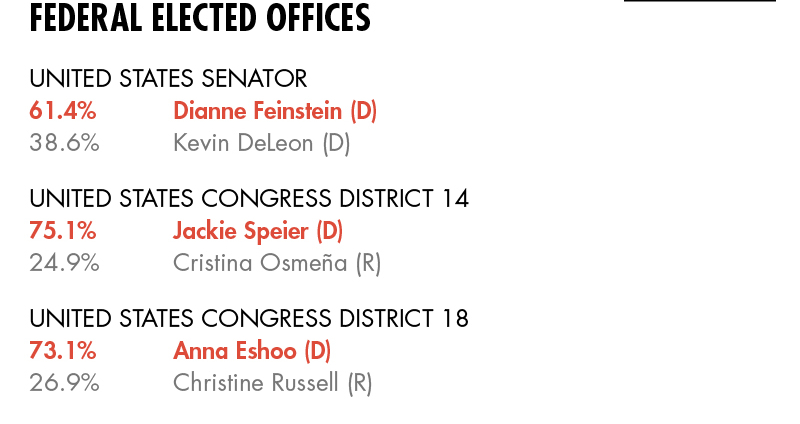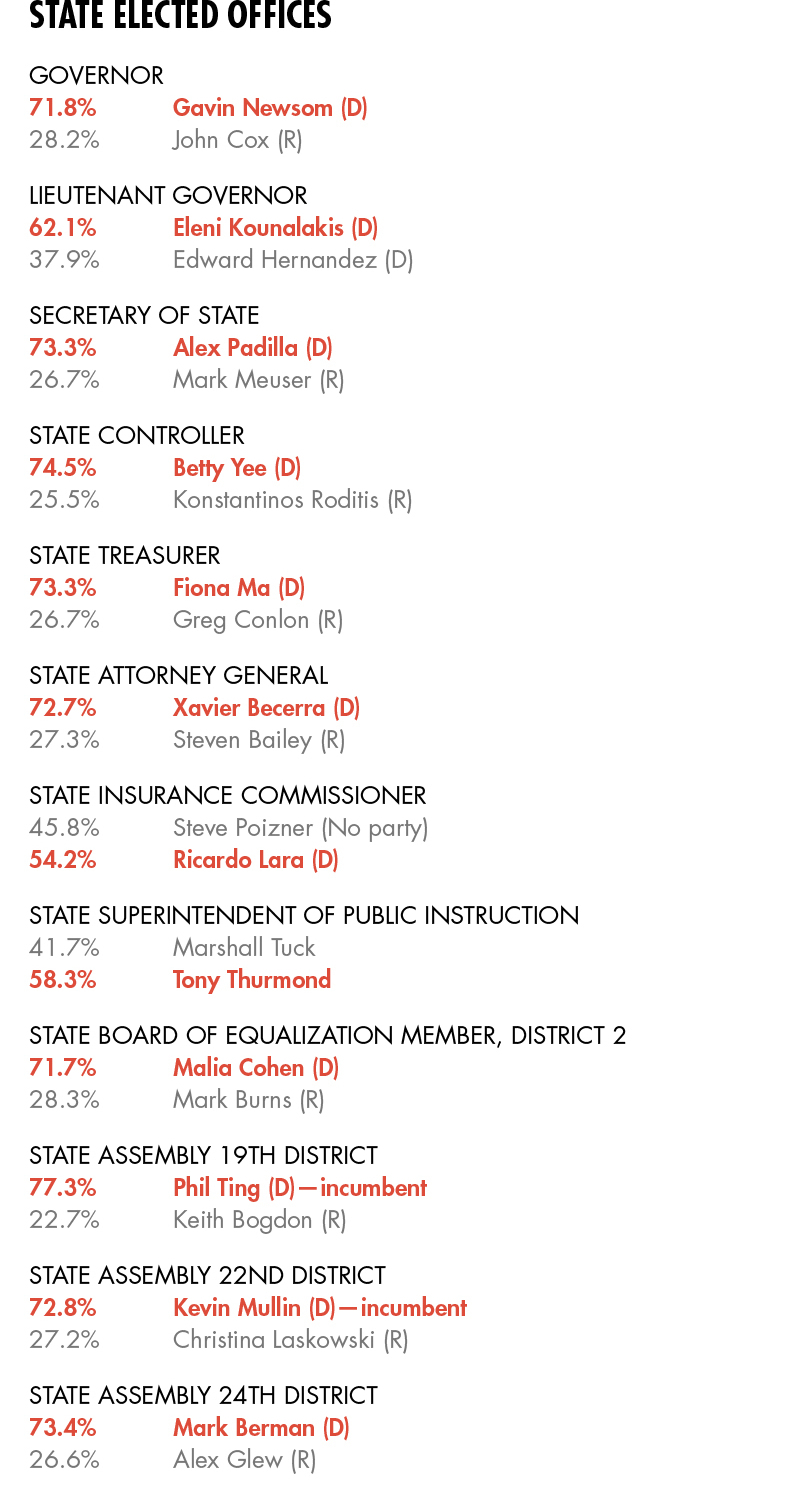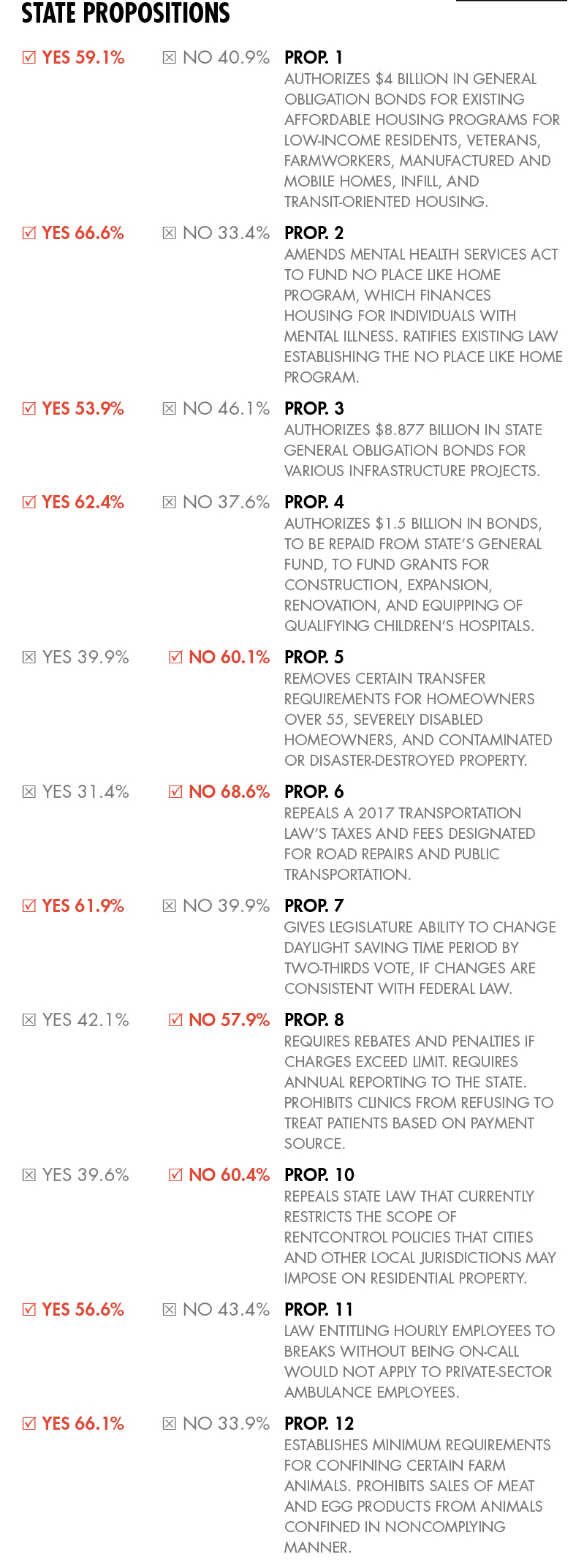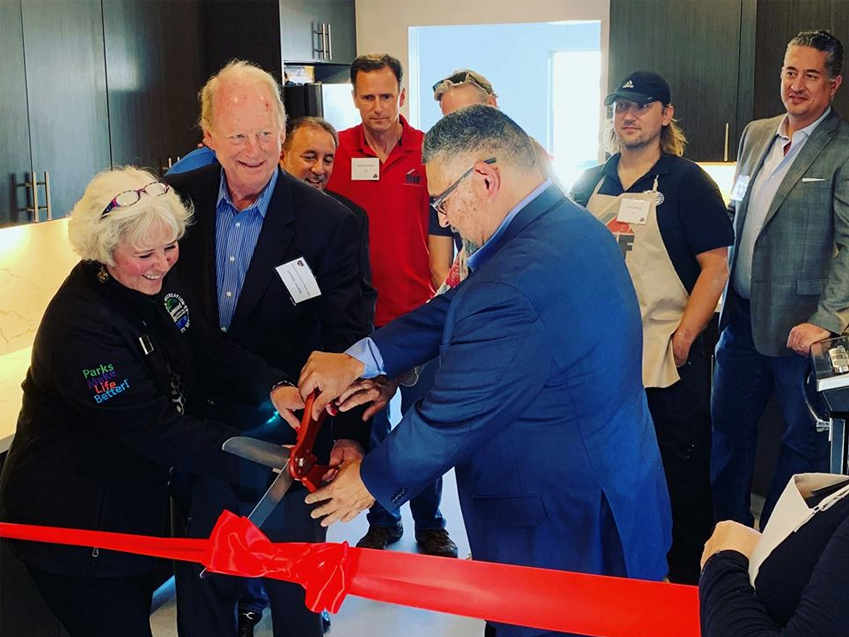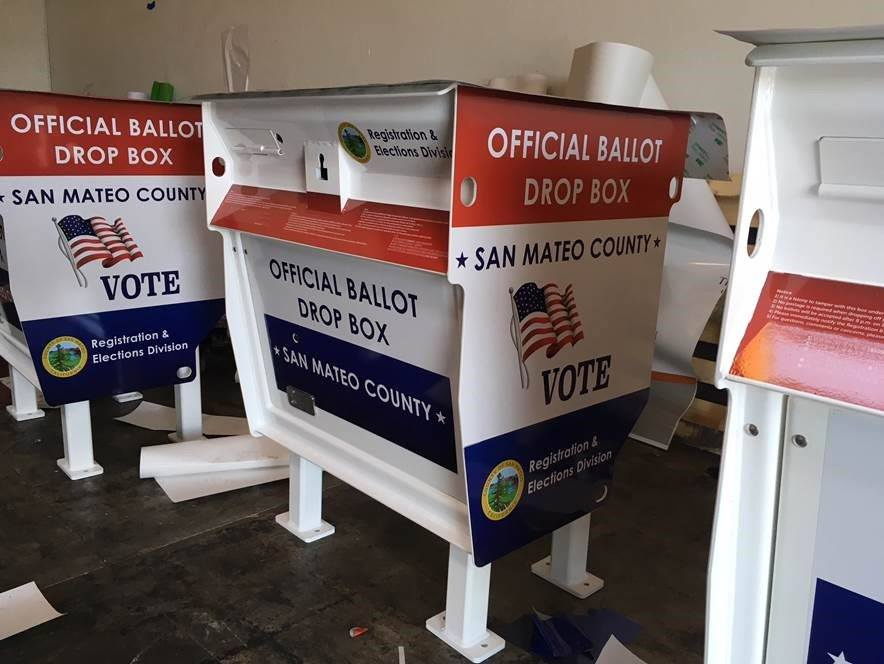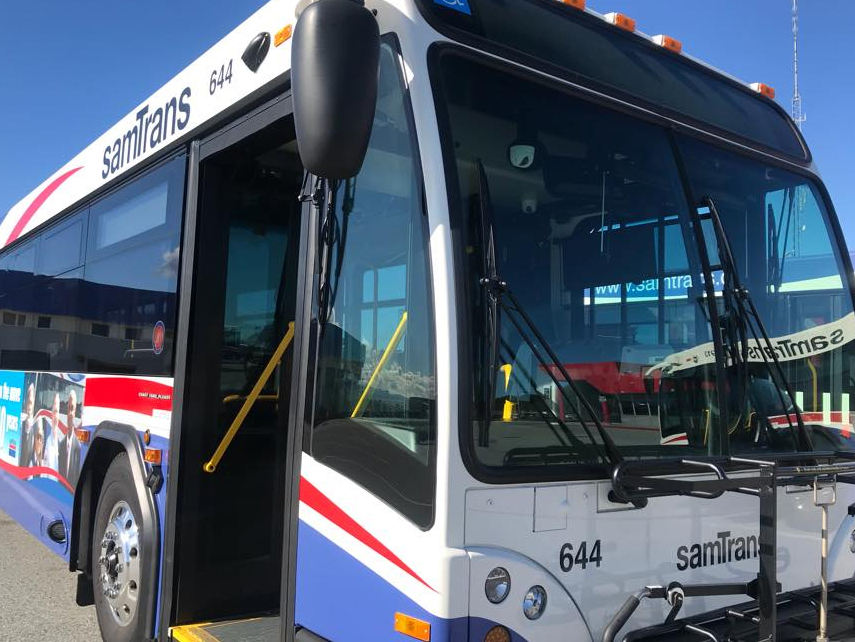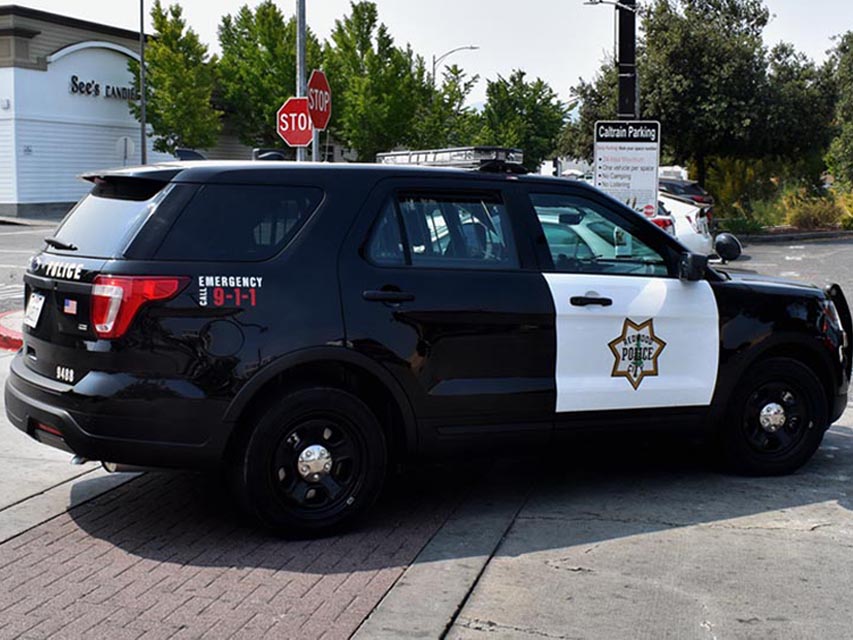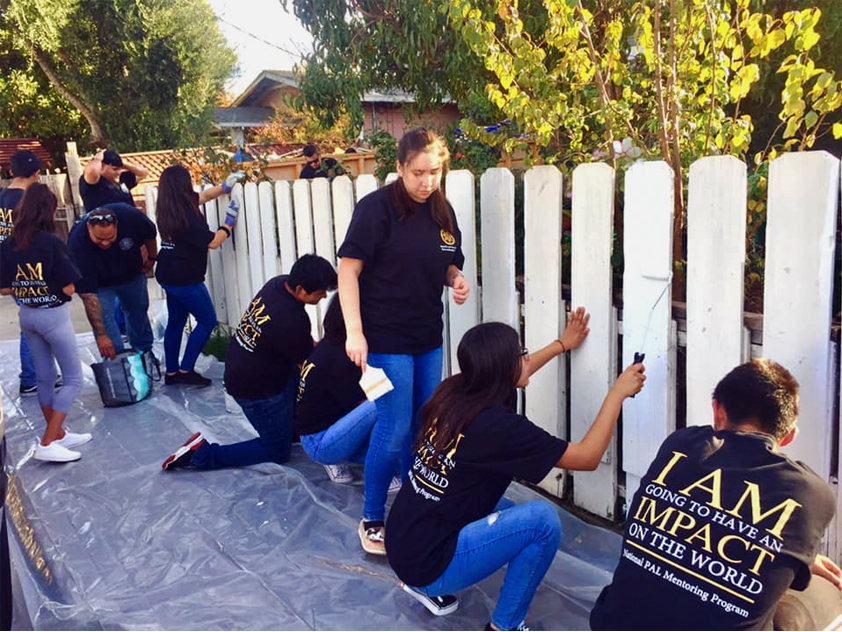San Carlos vehicle burglary leads to $2,800 in stolen video camera equipment

The San Mateo County Sheriff’s Office is seeking help in identifying three suspects who broke into a vehicle in San Carlos and made off with about $2,800 worth of video camera equipment.
A witness reported at 6:06 p.m. on Monday seeing three unknown Hispanic male adults break the window of the victim’s vehicle, steal the equipment and then get into a gray SUV. The incident occurred in the 100 block of Colton Avenue in San Carlos.
The suspects were wearing dark hooded sweater shirts and could be heard speaking Spanish, the Sheriff’s Office said. The suspect vehicle was a dark colored SUV, possibly a Dodge Durango with tinted windows in the front and back, as well as damage to the left rear bumper.
Anyone with information about this incident please call the San Mateo County Sheriff’s Office Detective Bureau at 650-599-1536 or the Anonymous Tip Line at 800-547-2700.

